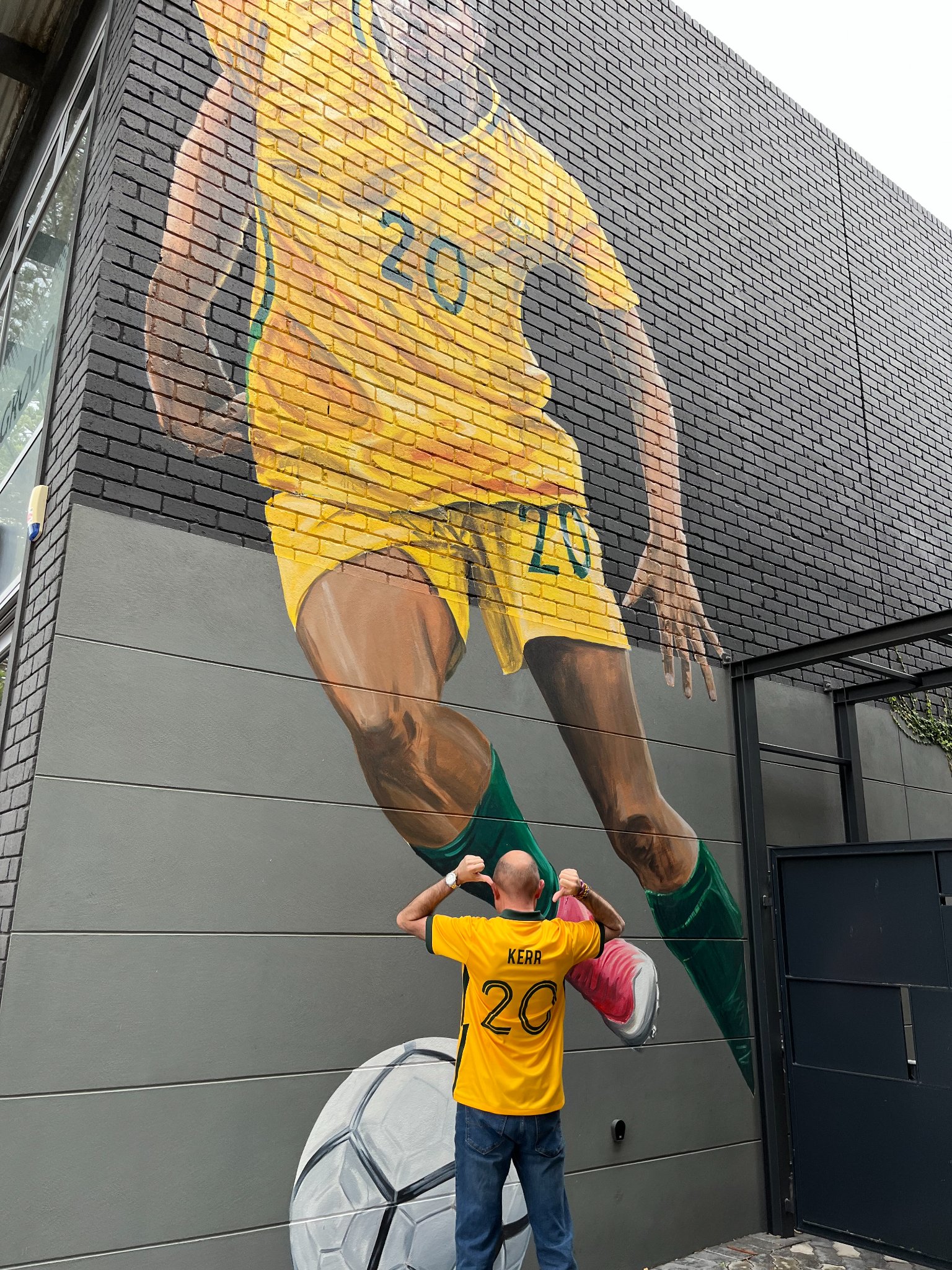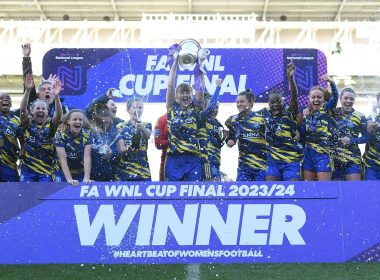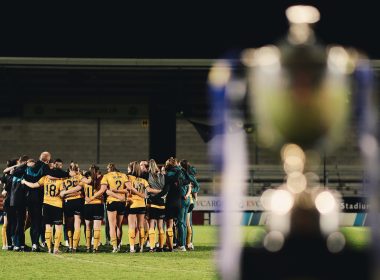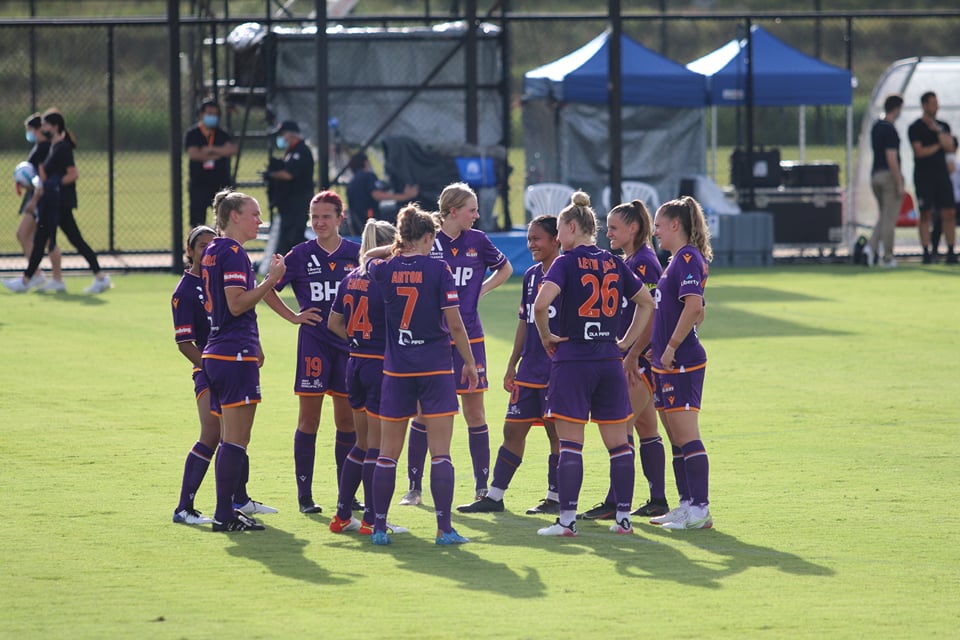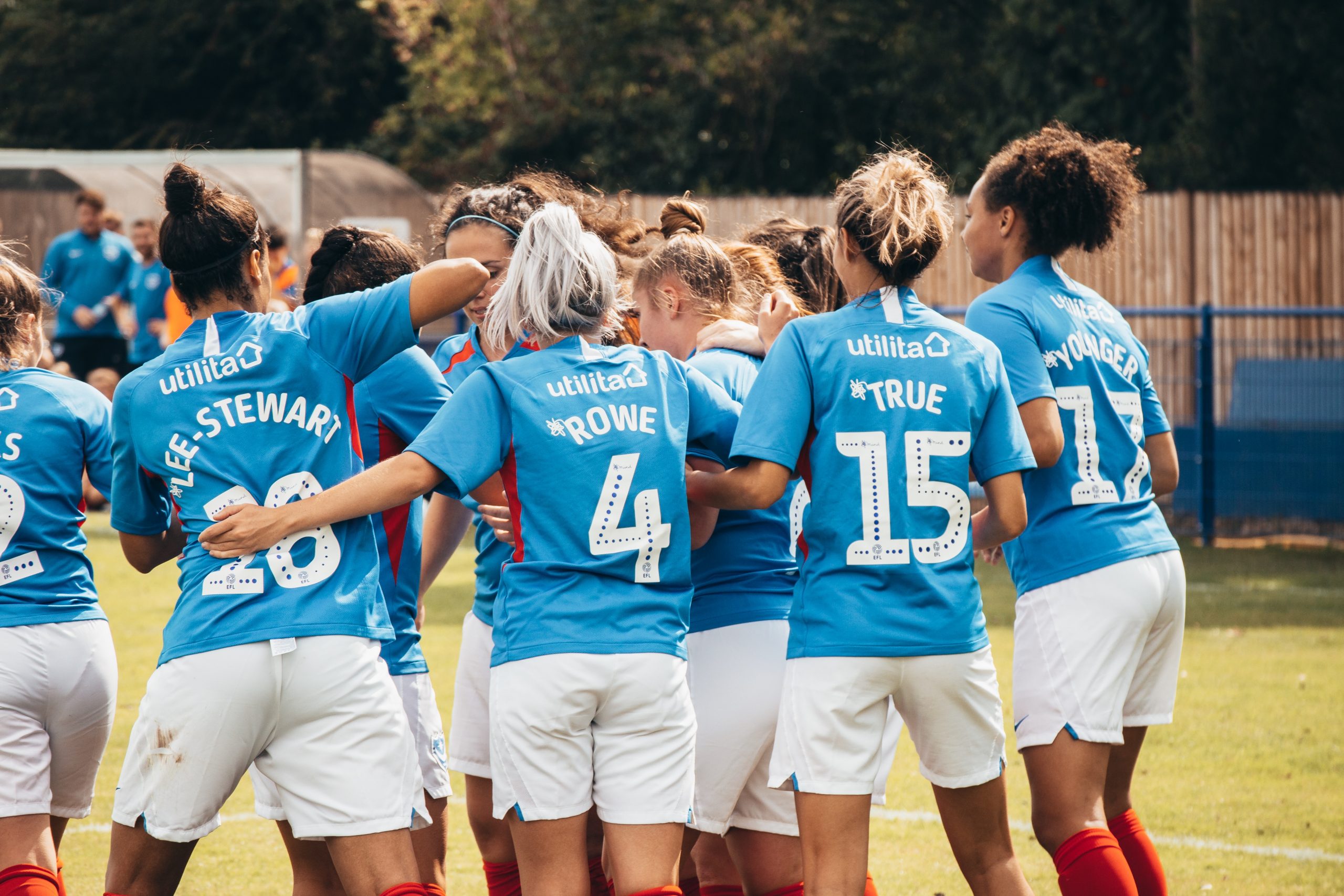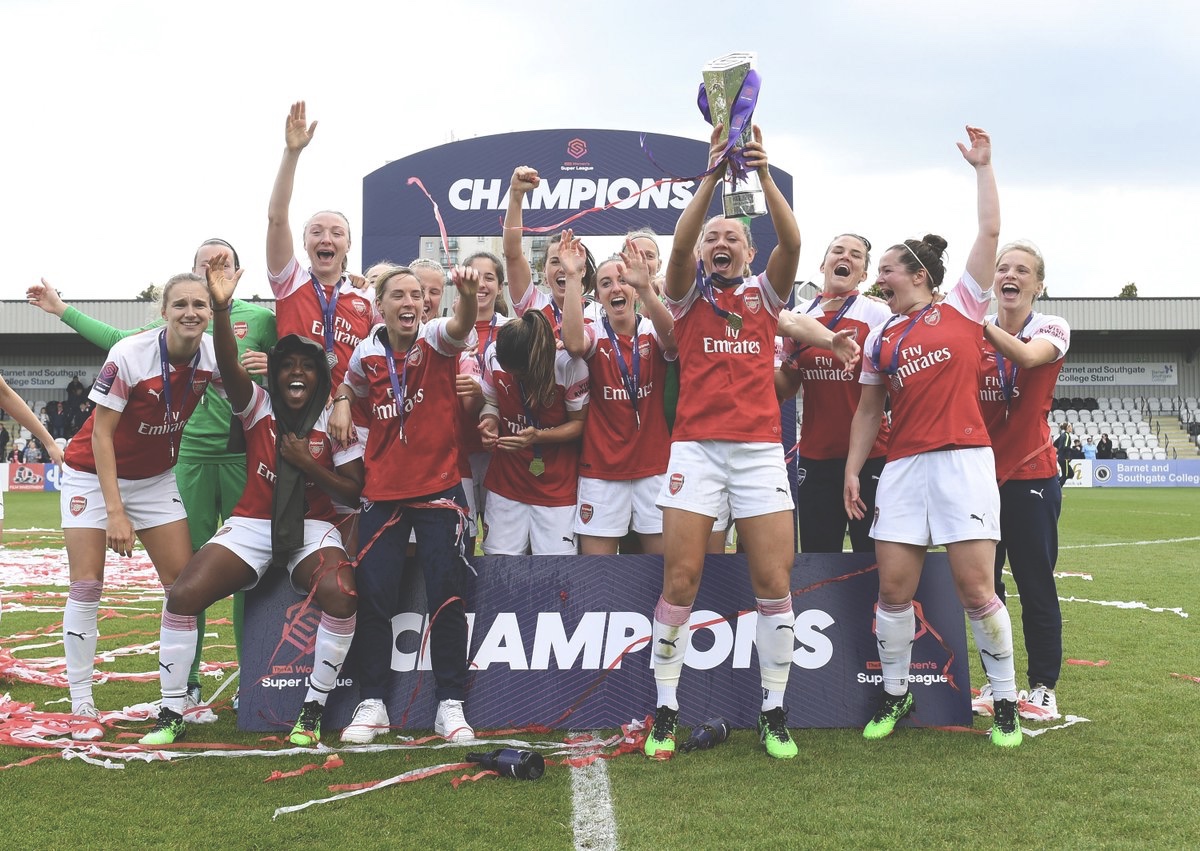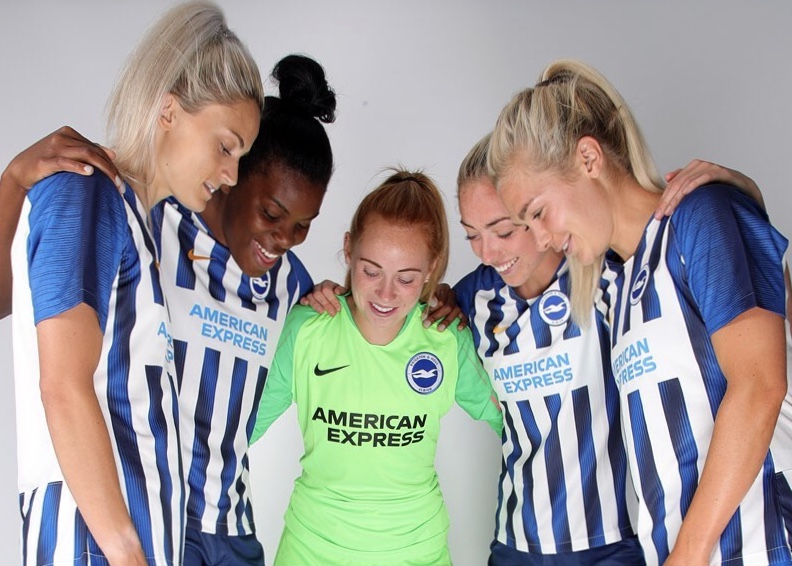Western Australia is where Ben Gilby had his introduction to women’s football. A regular visitor to the state with a good knowledge of the local women’s game there, he returned there last month for the first time since the pandemic and reports on the state of the game there now around the cities of Perth and Fremantle as the area builds up to host World Cup group games next year.
Western Australia (WA) is pretty much a world apart – from the rest of Australia as well as other countries.
The state capital Perth is the world’s most isolated major city, and is nearer to Singapore than it is to Sydney, which is a six hour flight away (the same time as it takes to fly from London to Iraq).
WA covers an area the size of Western Europe alone, and if it was an independent nation, would be the world’s 10th largest country. Covering a third of Australia’s total landmass, Western Australia has previously pushed for independence – and given the way the rest of the country have historically looks at it, that’s not a surprise.
Seen as an outlier, and of limited importance compared to Sydney, Brisbane, and Melbourne (when was the last time you saw a travel/tourism programme on TV that featured Perth in any detail?), the state is still pretty much a well-kept secret, and that includes its football scene.
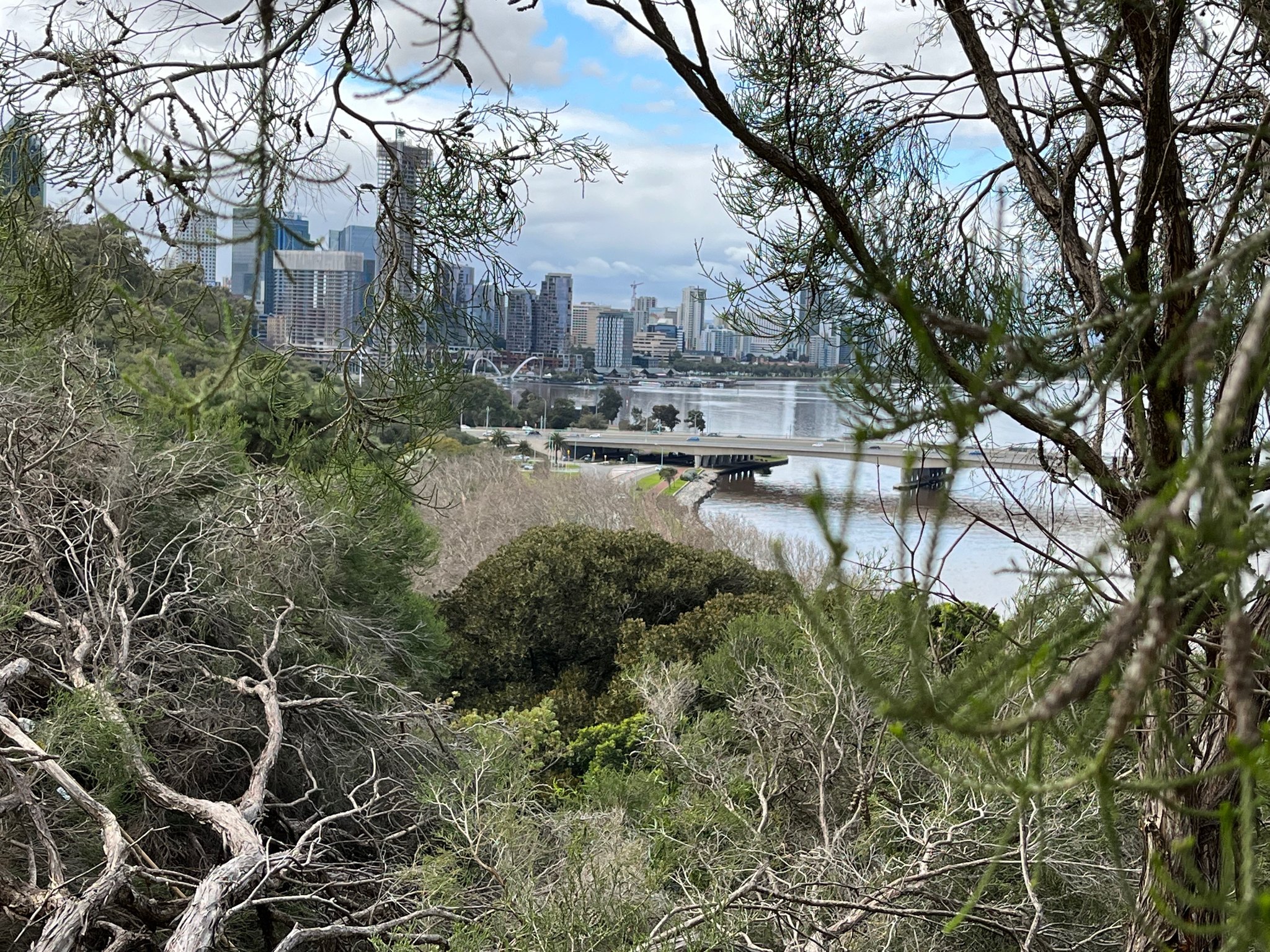
Before I go any further, it’s only fair to point out that when it comes to WA, I have a deep bias. This is where four generations of my family live. Aside from this, is the fact that, for me, Perth is the most beautiful city on earth. It has dolphins swimming in the Swan River that flows through it, there’s the world’s largest urban parkland, which is akin to having an area of outback bush in a state capital city. It has a stunning beach within 20 minutes on the train, it has Wadjemup/Rottnest Island a 90 minute boat ride away – location of the world’s only wild population of quokkas and some of the most breathtaking natural pools, sand dunes, and cliff tops that the world has to offer. It’s quiet, it’s laidback, and it’s relaxed.
Yet there’s more than that, there is a superb local women’s football scene. Albeit one that is ignored and disrespected by the rest of the nation.
Western Australia is one of only three states to have provided players to the Matildas (Australia’s international women’s team) from their very first recognised squad in 1979 to the current day. Of the present crop of WA produced stars stand Lydia Williams, Lisa De Vanna, and Sam Kerr.
So why is the women’s game there disrespected by the rest of the nation? It’s inherently political. Due to its isolation from the rest of the country, the players produced in the state have often travelled to the eastern coast of Australia to play for clubs in Sydney or Melbourne to stay on the radar of national coaches, or receive better pay.
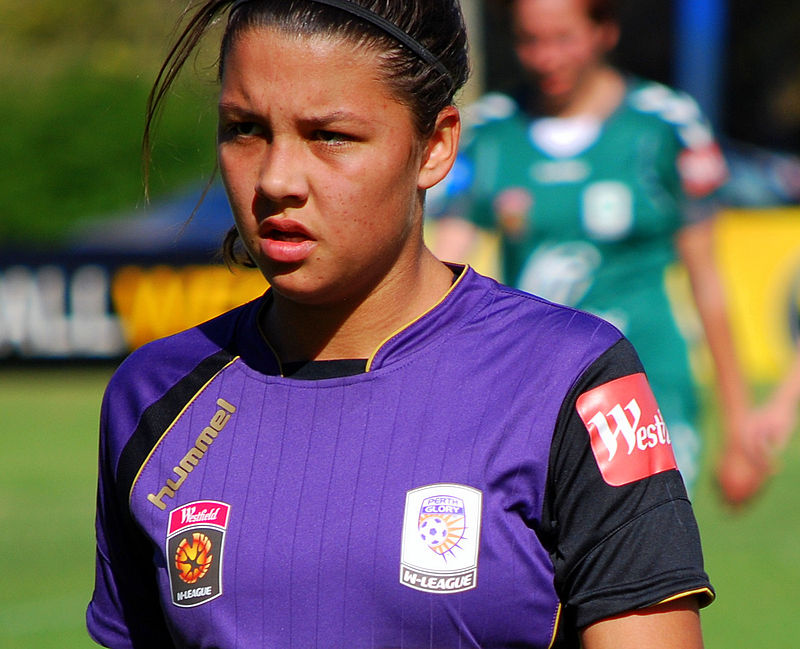
WA was one of the last states to launch its own NPL Women’s competition. This is the second tier of leagues arranged at state level beneath the A-League Women with no promotion and relegation.
The NPL is played – generally – from May until mid-September, effectively the months when the A-League Women is on off-season, allowing players to play year-long football.
With it taking so long to develop a NPL Women’s competition (some six years after other states), during what was then the W-League’s close season, Western Australia’s top players knew that the most competitive football on offer to them was on the other side of the country. This year has seen the third season of WA’s NPL Women’s league, but due to the fact that the competition is literally years behind other parts of the country, the best players are still going over to the east coast to play. And this is causing conflict.
Perth Glory are the sole WA-based A-League Women side (in comparison, New South Wales has three with a fourth coming in for 2023/24, Victoria has three) and so there are expectations that the Glory will give a chance to the state’s best talent in their squad. However, a source I know at the club has told me that, at the present time, they do not believe that the state’s NPL competition is strong enough for the best local players to transition into A-League Women players.
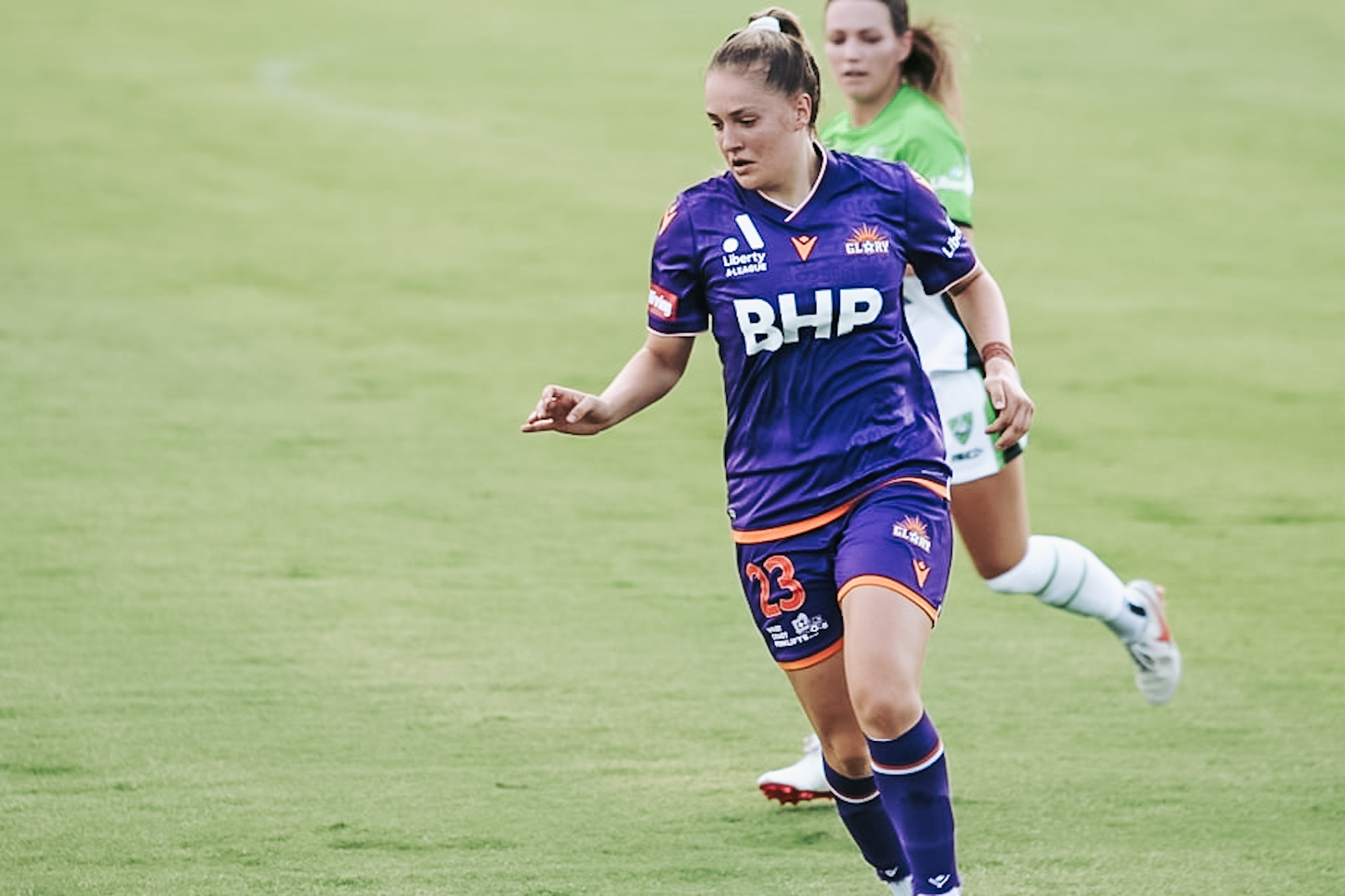
It gets worse. Perth Glory have been able to sign some of Australia’s greatest young talent – Alana Jancevski, Claudia Mihocic, and Sofia Sakalis to name but three. Despite representing the Young Matildas (Australia’s U20 national side) prior to joining, they have not done so since moving from Victoria to play their A-League Women football for Perth. Young Australian players are being encouraged to play their A-League football on the East coast, because this is seen to be the stronger footballing part of the country. And where all the national coaches reside.
Additionally, the best WA-produced young talent are currently being encouraged to play their NPLW football in New South Wales and Victoria in 2022 to give them the best preparation for the new A-League Women season which starts in November – something that is driving a wedge between the local clubs and the Glory. It would be diplomatic to say that relations between the eight WA NPL women’s clubs and Perth Glory are strained.
It could all be so different. In South Australia (SA), their own NPLW competition is nowhere near as strong as the ones in New South Wales and Victoria, but the state’s sole A-League Women side Adelaide United places the majority of their players with SA NPL Women’s clubs and the club have a liaison coach working with all of the SA NPL Women clubs to keep an eye on talented players who could move into the Adelaide A-League Women side.
This season’s NPLW in Western Australia has been a joy to watch, simply because of the numbers of hugely talented players on show. Players that you would hope will stay in WA to represent the Glory. Jess Darmago at Fremantle City, Tanika Lala, Grace Johnston and Louise Tana (all at Hyundai NTC), Jaime Duncanson, Ella Lincoln, Abbey Meakins (Perth SC), Larissa Walsh (Perth RedStar) are all players who are playing outstandingly well week in week out.
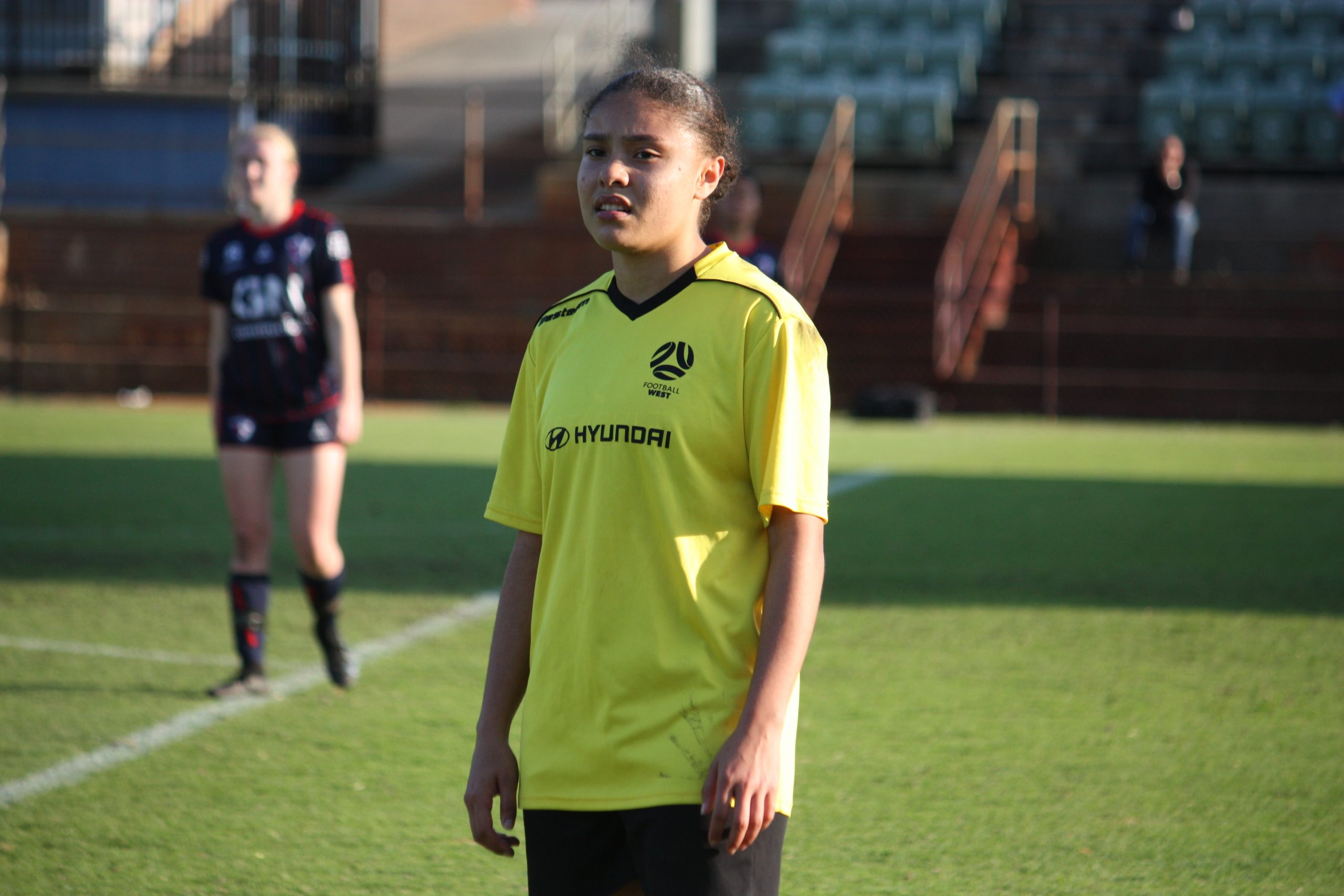
They are players who would comfortably walk into a FA Women’s National League club – Walsh, Meakins and Darmago could possibly play in the Championship. Lala, currently only 16 is an absolute gun of a player. She is the best Western Australian produced footballer I have seen at that age since Sam Kerr, and I’ve seen quite a few over the past 12 years.
Given a couple more years to develop, Lala could be a sensational striker. Watching her in the flesh last month on my return to WA for the first time in four years gave me goose bumps. She is that good. Yet at the current time all these players know that the chance of getting an A-League Women contract with Perth Glory is small.
I come to this situation slightly conflicted. As a Perth Glory fan since the club launched their women’s team in 2008, I want them to be successful – and to be successful they need to have the best players possible, regardless of where they were originally produced. But on the other hand, Western Australia is such a unique state in terms of geography, politics, and history, Perth Glory are nothing without a WA core to its team. And the talent is there already within the state.
My overall passion is for Western Australian women’s football. It is the location of my awakening to the women’s game thanks to the fact that Sam Kerr grew up locally to my family and I first saw her play there at the age of 16. I am absolutely certain that the NPL Women’s competition in WA, whilst not as long established as other states, has some absolutely sensational players who are worthy of being able to play top level football in their home state.
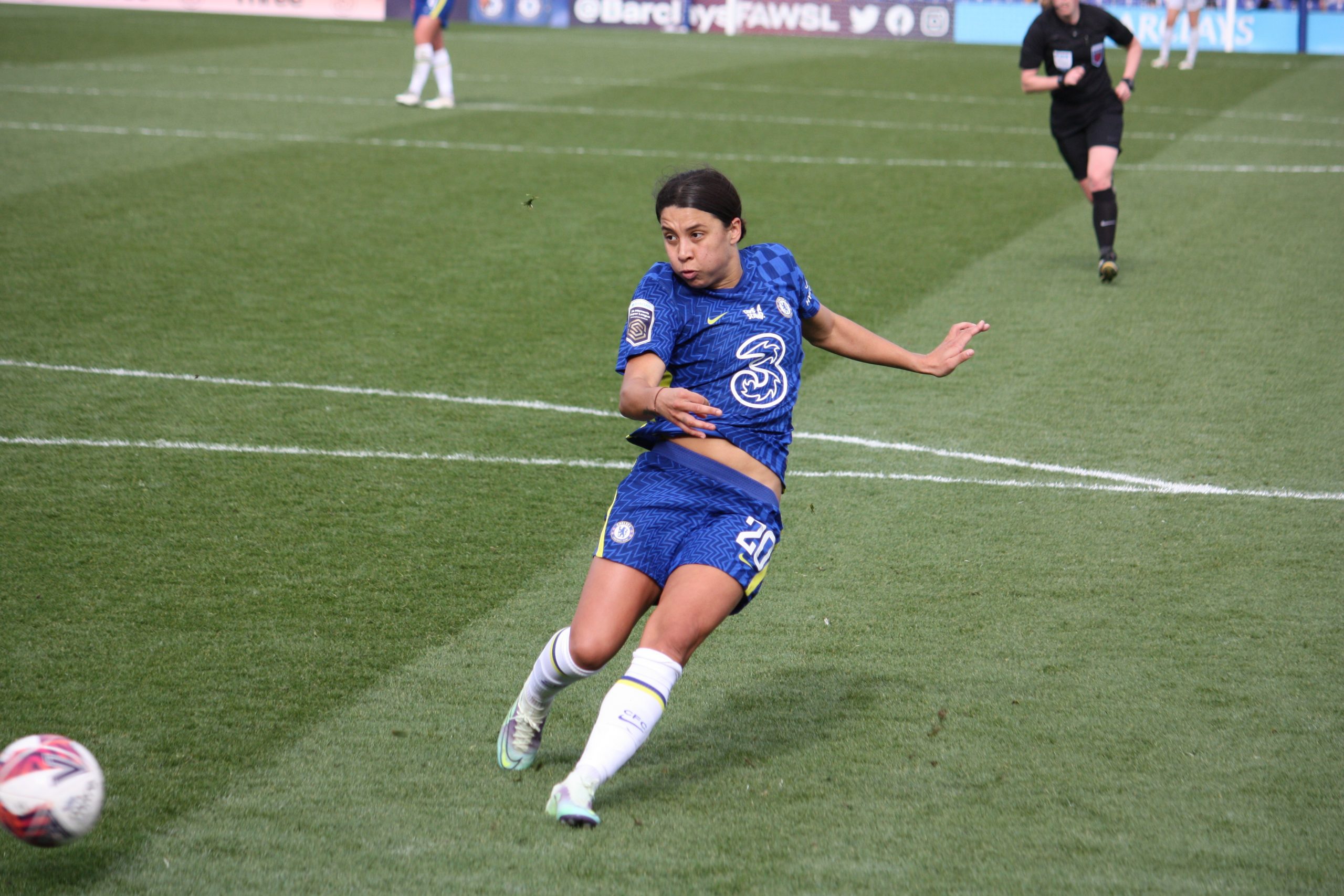
If the top young Western Australian talent is continually encouraged to play on the East coast to further their careers, then the NPLW Women’s in WA will never get stronger or be seen as competitive enough for the best local players.
The women’s game has a long history in Western Australia. It has an exceptionally promising future as well with some truly talented young footballers coming through this year. They need to be able to develop and reach their potential in WA – not have to fly six hours away to the east coast because it’s more “convenient”, or seen as “the best place to play football.”
If you are planning on coming out to watch the World Cup next August, give Perth’s group games a go and also make sure you catch some Western Australia NPL Women’s action (as it will be on at the same time) whilst you are there. You’ll come across a truly breath taking city, and a superb, if highly underrated local women’s football scene.
